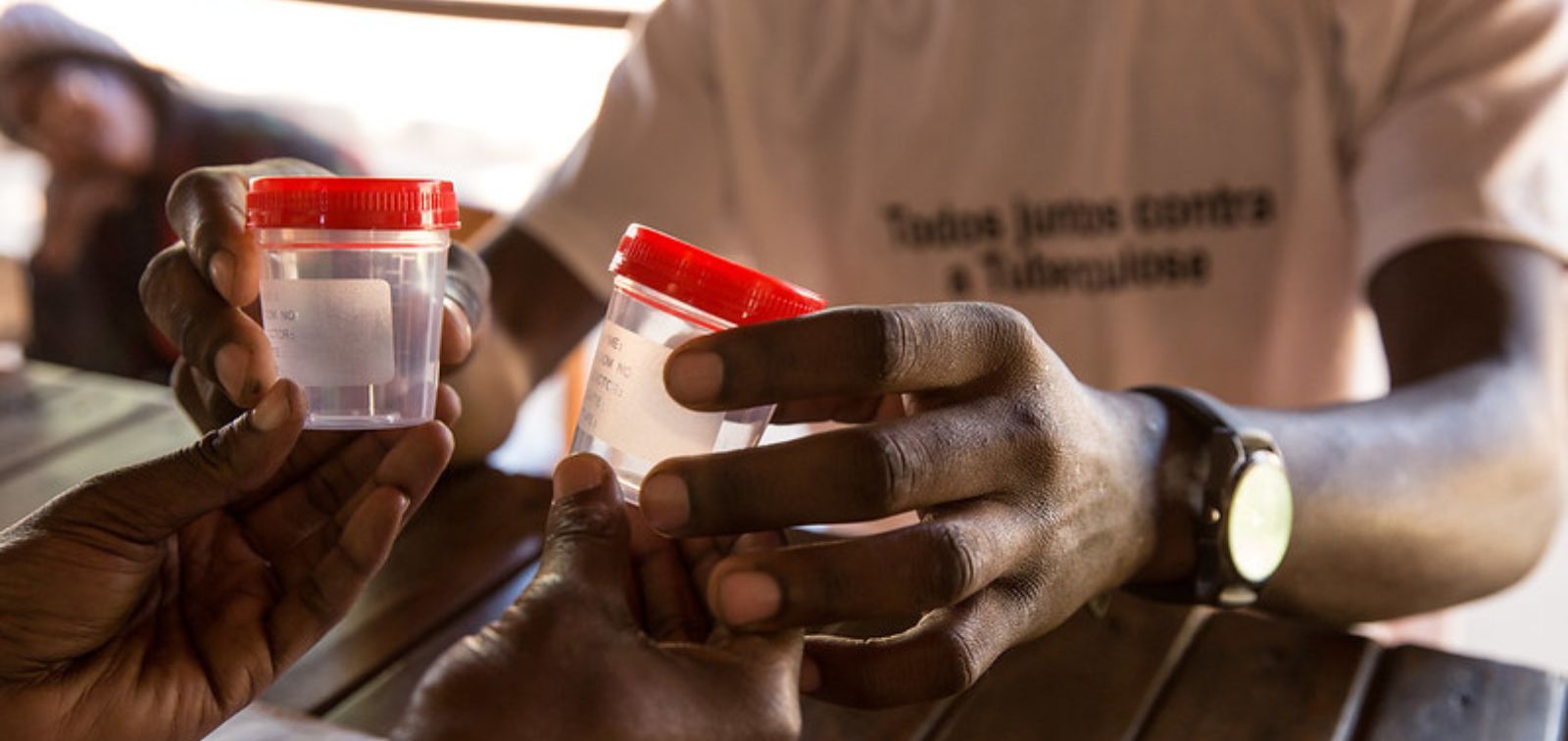The Use of Rapid Tests to Diagnose Tuberculosis among People with HIV in Africa has Increased, but Barriers to Implementation Remain
A study conducted by a student in ISGlobal-UB’s Master of Global identifies the main barriers for using the LF-LAM test as recommended by the WHO in countries with the highest disease burden
09.10.2023
The use of the LF-LAM rapid test to diagnose TB in people living with HIV has increased in recent years. However, lack of funding is one of the main barriers to its implementation, according to a study conducted by Kaila Aguiar Soares, student in ISGlobal’s Master of Global Health, and published in the European Respiratory Journal.
Tuberculosis (TB) is the leading cause of death among people living with HIV, but many of the infections in this group escape standard diagnosis involving sputum. The good news is that for some years now, there is a rapid diagnostic test that detects a protein from the M. tuberculosis bacterium in urine, making TB diagnosis - and its treatment - easier and faster.
In 2021, the World Health Organization (WHO) issued guidelines recommending the use of this test for anyone with HIV and symptoms of TB, as well as for anyone with advanced HIV, regardless of symptoms. "Although the LF-LAM test has helped to reduce TB mortality in immunocompromised people with HIV, its implementation in countries with a high burden of both diseases has been a major challenge,” says ISGlobal researcher Alberto García-Basteiro.
In this study, a team led by García-Basteiro and headed by Kaila Aguiar Soares, a Master of Global Health student, conducted a survey with the national tuberculosis programmes in the 22 African countries with the highest TB/HIV burden (according to WHO) to assess current use of the test and identify the main barriers to its implementation.
Lack of funding, training and adherence
The survey of national TB programmes and staff revealed that only three of the 22 countries studied had no national policy on the use of LF-LAMs. In the remaining 19 countries, the main barriers to routine national implementation are lack of funding to purchase the tests and train staff, and lack of adherence to guidelines in health facilities.
"The good news is that, despite the COVID-19 pandemic, the number of countries that have included the use of LF-LAMs in their national guidelines has increased from 13 (in 2020) to at least 19 (in 2022)," says Aguiar Soares. This represents 80% of African countries with a high TB/HIV burden. However, there are still significant barriers to moving from policy to implementation. Lack of funding is the main one, even though this rapid test has been shown to be much less expensive than other diagnostic tests. Other barriers include problems in the test supply chain and a lack of training for its use by health workers.
"This study allows us to assess progress in regulations and barriers regarding the use of these tests in each country, but it does not allow us to assess the actual degree of availability," says García-Basteiro. What is clear is that countries with the highest TB/HIV burden need more support to bring the use of these tests into line with national regulations and WHO guidelines.
For Nuria Casamitjana, Director of Education and Training at ISGlobal, this publication is “doubly satisfying” given that it is scientifically relevant and a direct result of the knowledge acquired during the Master.
Reference
Aguiar K, Ehrlich J, Camará M et al. Implementation of WHO guidelines on urine lateral flow LAM testing in the high TB/HIV burden African countries. 2023. ERJ. DOI: 10.1183/13993003.00556-2023



